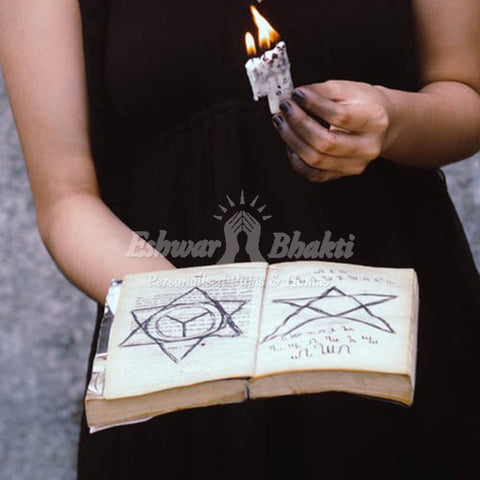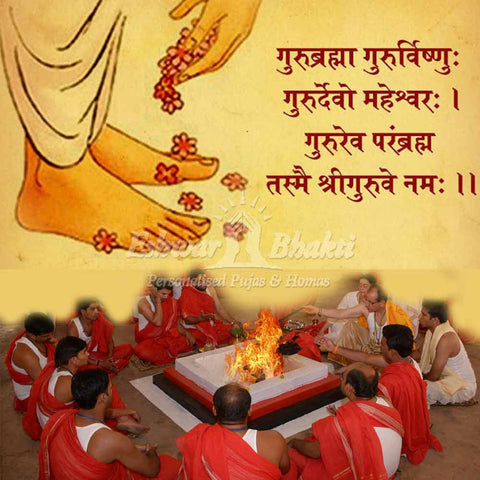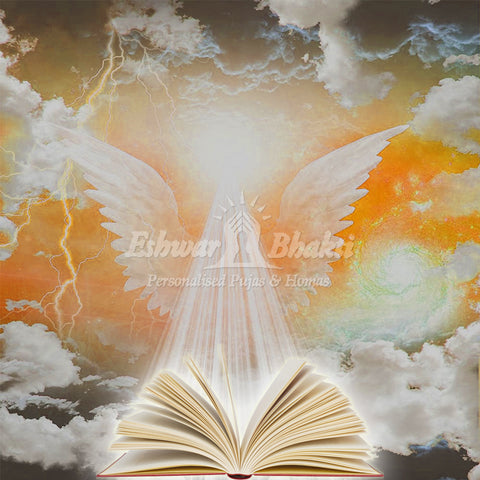Buddha Purnima
“Just as a candle cannot burn without fire, men cannot live without a spiritual life.” — Buddha
Buddha Purnima, also known as Buddha Jayanthi or Vesak (Vaisakha in Sanskrit) is an auspicious festival celebrating the birth, enlightenment (Nirvana), and death (Pari nirvana) of Lord Gautama Buddha. According to the oldest Buddhist texts, Buddha Purnima is the most auspicious day for Buddhists living all over the world. As per the teachings of Hindu mythology, Lord Buddha is considered as the ninth avatar (incarnation) of Lord Vishnu.

Buddha Purnima or Vesak is traditionally observed on the full moon day of the lunar month Vaisakha (April – May) in the Hindu calendar, and hence the name Vesak. Lord Buddha was a great spiritual teacher, Guru, and philosopher. Lord Buddha, “the enlightened one” had transcended Karma and escaped the cycle of birth. Gautam Buddha was born on a full moon night in 563 BC and on this very day, He attained enlightenment, and later at the age of eighty he passed away (attained Moksha). He was a divine-human being whose affection and compassion for living beings became a miracle on earth and His acts were equivalent to God.
Buddha Purnima Rituals: Buddha Purnima or Buddha Jayanti (Vesak) is an auspicious festival that reminds us to follow a simple and honest path laid by Gautam Buddha. Following are some simple steps to celebrate Buddha Purnima:
• Take a holy bath in the morning and wear only white or orange-colored clothes to maintain purity.
• Decorate the Bodhi (peepal) tree with flags and flowers.
• Place a small statue of Lord Buddha in a water-filled basin over which devotees can pour water.
• Lit lamps and incense sticks around the Bodhi tree and pour water at the roots of the holy tree.
• Sit in front of the holy tree and practice meditation.
• Recite prayers and the holy sermons of Gautam Buddha’s life.
• Offer clothes and kheer (sweet rice porridge) to the poor and needy.
• Worship Lord Buddha’s statue and work out your own salvation.
• Buddha Purnima is a festival that reminds honesty, humanity, and freedom. So, on this day give freedom to birds and animals in the cages.
On this auspicious day of Buddha Purnima, one should take a vow to follow ‘Panchsheel’, the five principles of Buddha’s teaching -
• Not to take Life
• Not to Steal
• Not to Lie
• Not to consume Alcohol
• Not to commit Adultery
Powerful Mantra to chant on this day: This powerful mantra is helpful to overcome physical, emotional, mental blocks. The only thing required is not to cling to any outcome. “Om Mani Padme Hum”
‘Om’ - represents the Supreme element.
‘Ma’ - represents Ethics which controls jealousness.
‘Ni’ - signifies Patience that controls passion and desire.
‘Pad’ - represents Diligence that purifies ignorance.
‘Me’ - represents Renunciation that purifies your greed.
‘Hum’ - signifies Wisdom which controls all the above.
Significance of Buddha Purnima: Buddha Purnima or Vesak holds immense religious significance for the followers of Buddhism sects. East Asian countries like China, Korea, Japan, Thailand, Sri Lanka where Buddhism reached its peak celebrate Buddha Purnima or Buddha Jayanti with a grand ceremony. On this holy day, a large number of devotees visit Buddhist temples with flowers, candles, and joss-sticks, and lays them at the feet of the teacher which is a symbolic remembrance of the non-sustainability of life.
The followers of Lord Buddha celebrate this festival not only to pay homage to Him but also to recall and implement His divine teachings in their day-to-day life. According to His teachings, desires, or attachment to the materialistic world is the basic cause of all sufferings. He gave us the eightfold path which explains that Right belief, Right intention, Right living, Right conduct, Right word, Right thinking, Right efforts, and Right meditation are the keys to keeping away the sufferings as well as to live a happy life.
Legend of Buddha: A divine boy named Siddhartha was born in a Hindu Kshatriya family belonging to the Ikshvaku dynasty, in Lumbini in modern-day Nepal to the king of Kapilavasthu Shuddhodana. According to ancient Buddhist textbooks, shortly after his birth, a great astrologer named Asita prophesied to King Shuddhodana that his son would either become a popular king or renounce the materialist world to become a sage or holy man. The astrologer also explained that the future of a prince depends on what life he would see outside the big walls of this palace.
King Suddhodana was quite worried, he only wanted his son to succeed on his throne and thus, kept Siddhartha unaware of the tragic life outside the palace. Prince Siddhartha was brought up in such a way that he was completely unaware of the pain and difficulties of the common man until he became inquisitive to visit other places outside the palace. One day prince Siddhartha insisted his chariot driver to take him to the streets, where he can meet people of his kingdom. During his visit to the streets, He had encountered a series of four sights that moved his heart. Different Buddhist literatures clearly describes that prince Siddhartha had come across a crippled man, a dead body, a sick person, and finally an ascetic holy man who has triumphed over worldly temptations and attained the highest bliss of life. Like the youth of today, he was confused about what he had seen outside His palace. He wanted clarity and an understanding of the truth of a happy life. Finally, he decided to give up all worldly pleasures and came out of His Kingdom in search of the truth.
One midnight, at the age of 29, he bade goodnight to his wife, son, and father and became a wandering monk. He went out on a spiritual quest and undergone several austerities during the first seven years of his quest. He abandoned the pleasures and wandered many places in Nepal and India in search of the real meaning of a happy life. At last, he got enlightened under a banyan/ Peepal tree at Bodh Gaya (in present-day Bihar, India), where he had meditated for years. The divine light of enlightenment dawned on Buddha on the Vaisakha Purnima (full moon day in the month of Vaisakha), under that Peepal tree. Thereafter, he guided people to understand and address the problems of their life with a positive state of mind. Day-by-day thousands of devotees enjoyed His divine teachings and with deep respect, they started calling Him as Gautama Buddha.
It is believed that Lord Buddha left the mortal world, attained Nirvana on the same date of Vaishakha Purnima. He gave rise to a new religious and philosophical movement that was widely accepted by countries of southern and eastern Asia. In India, Bodh Gaya is a famous place of pilgrimage and Lord Buddha is revered as an avatar of Lord Vishnu.
Summary: Buddha Purnima is the biggest festival for the Buddhist community living all over the globe and they celebrate every moment of it with sincerity and honesty. It is believed that knowing Gautam Buddha, learning about his life and teachings, brings awareness about the true nature of human life.
Lord Buddha is the spiritual teacher and an ideal guide to achieving mental peace and bliss. He taught the world that desire and attachments are the main sources for all types of sufferings. On this auspicious Buddha Day, one should follow the “Eightfold path” to receive His blessings and to have peace of mind.




